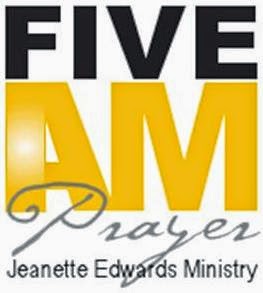We are walking in today:
The Word Was In The Begining
Teaching from Preaching and Teaching from the Old Testament: A guide to the church, by
Walter C. Kaiser
John 1:1
In the beginning was the Word,and the Word was with God,and the Word was God.Words that are repetitively permitted and omitted are to be adhered to in a narrative. For the writer generally has a great treasure of understanding within this rhetorical device. So take special note to repetitive words permitted or omitted. That holds the key information into the narrative. For example: Uriah's interaction with David's request: to stay home, rest and sleep with his wife. What is omitted is the actual question as to why Uriah didn't go into his wife? Was his allegiance and interest really in the welfare of his fellow infantryman? Did Uriah suspect infidelity with Bathsheba?
2 Sam 11:1-4 In the spring, at the time when kings go out to war, David sent out Yo’av, his servants who were with him and all Isra’el. They ravaged the people of ‘Amon and laid siege to Rabbah. But David stayed in Yerushalayim. Once, after his afternoon nap, David got up from his bed and went strolling on the roof of the king’s palace. From the roof he saw a woman bathing, who was very beautiful. David made inquiries about the woman and was told that she was Bat-Sheva the daughter of Eli‘am, the wife of Uriyah the Hitti. David sent messengers to get her, and she came to him, and he went to bed with her for she had been purified from her uncleanness. Then she returned to her house.The opportunity to analyze passages of scripture and separate different writers styles. As well as incorporating rhetorical devices. This will permit the reader a much broader perspective, with perception of content of the writings and the delivery of context. This type of study of scripture brings comprehension as it was intended by the author. Approaching Scriptures any other way becomes unskillful, merely surface and
highly dangerous even for those unaware. Interpreting narratives both old and new, be sure to notice the introduction of times and places. There's always a change in scenery as the passage read. We must pay attention to pause or reflect during those Selah moments.
Focus on the passage before moving on to the scenery. Mark the repetitive and omitted words, that give valuable information to what the writer is saying in a narrative. If nothing else, this study shows us the importance to study and be taught how to study! Look as well--for the elements, passages, thoughts in poetry or whole narratives. That are parallel crossed to each other, these are called chiasm.
Chiasm: A chiasm (also called a chiasmus) is a literary device in which a sequence of ideas is presented and then repeated in reverse order. The result is a “mirror” effect as the ideas are “reflected” back in a passage. Each idea is connected to its “reflection” by a repeated word, often in a related form. The term chiasm comes from the Greek letter chi, which looks like our letter X. Chiastic pattern is also called “ring structure
Wordplay for characters speaking introduces the idea. That's the theme in escalation towards the climax. As we hear the introduction of speech they could be understood intuitively. Irony, which as the reader, causes us to zoom in on what is going on. More special attention to properly comprehend passages (narratives).
1 Kings 18:27 And it came to pass at noon, that Elijah mocked them, and said, Cry aloud: for he is a god; either he is talking, or he is pursuing, or he is in a journey, or peradventure he sleepeth, and must be awaked.
John 1 starts with the introduction of the main character. As being one
of Yahweh. As being the creator of all things seen and unseen--this lays out the topic. The scene changes as well as the time. Where we were out of time at the mention of the Omnipresent Yahweh. Now we step into and back to time. Seeing a introduction of a new character and dialogue in the narrative.
Here we have John, the scribes and the Pharisees, and Yeshua himself in these dialogues, now onto the scene change. Yeshua encounters his Talmidim and dialogues with them. What is all this to say? Your approach for fully understanding true intent of delivery, has to come tactically and intellectually. We perish for lack of knowledge. The opportunity to be taught how to interpret the Tanakh and Brit Chadasha is amazing!
Yahweh's promise to place His word in us that darkness would not suppress His light. Study to show yourself approved! To hear this teaching again click here.
No comments:
Post a Comment